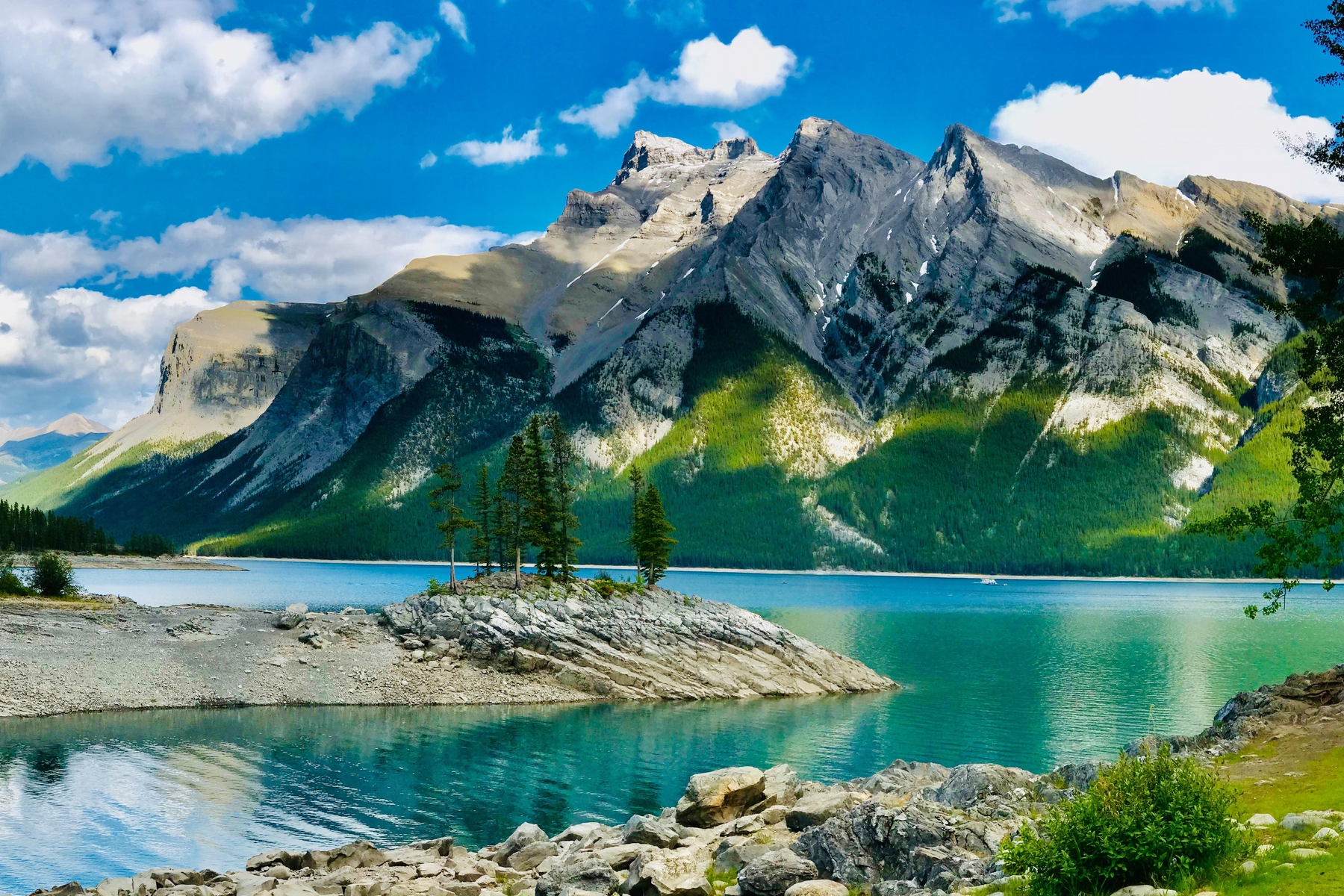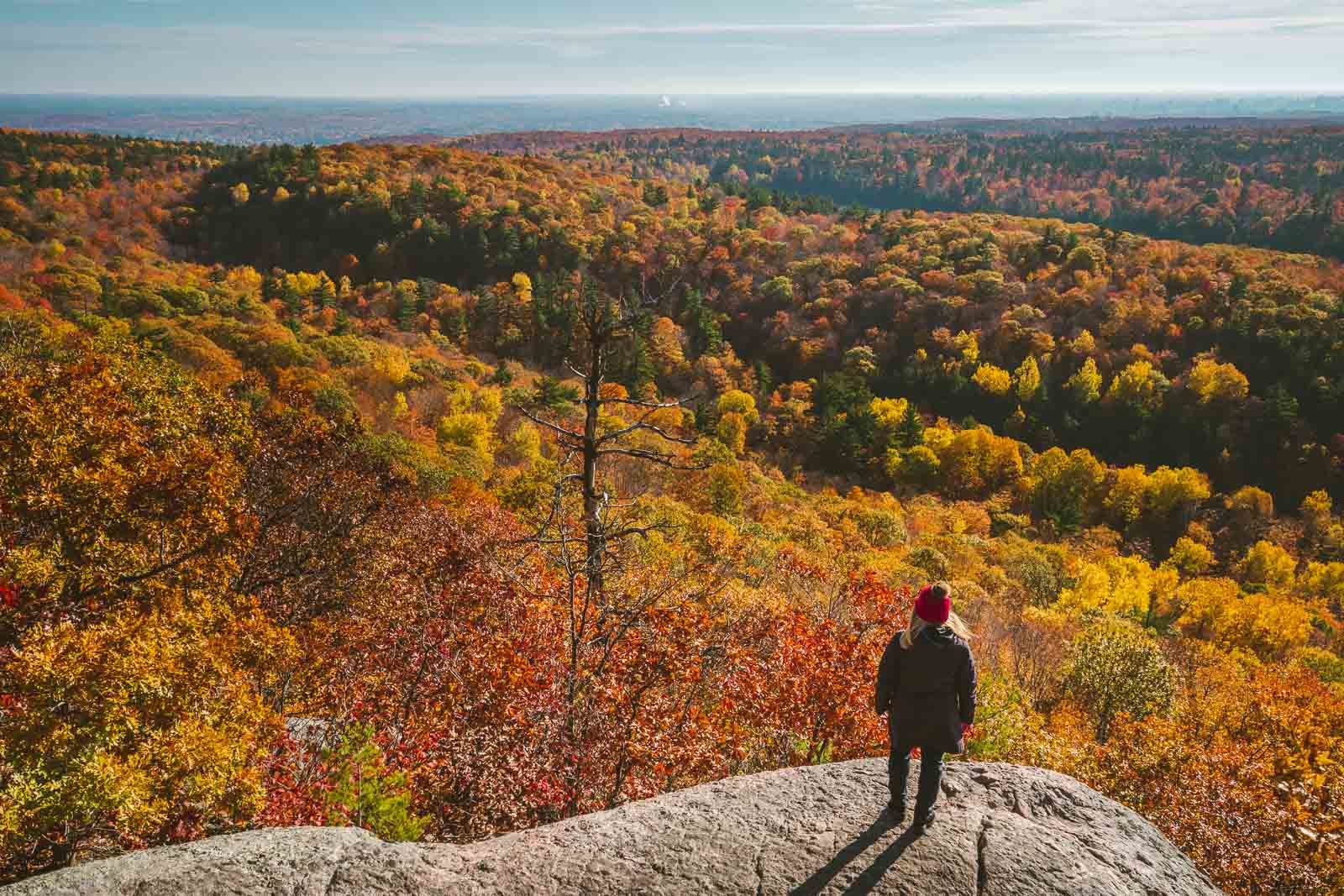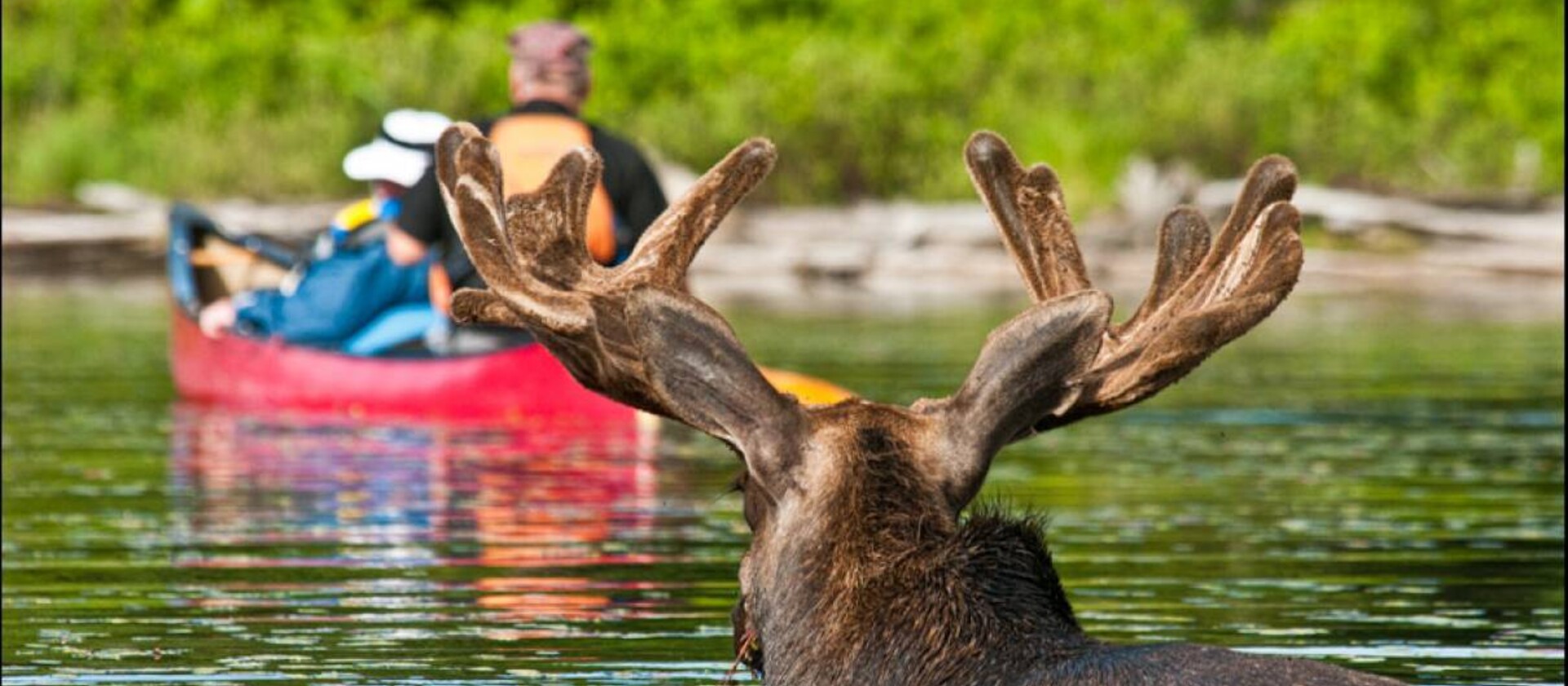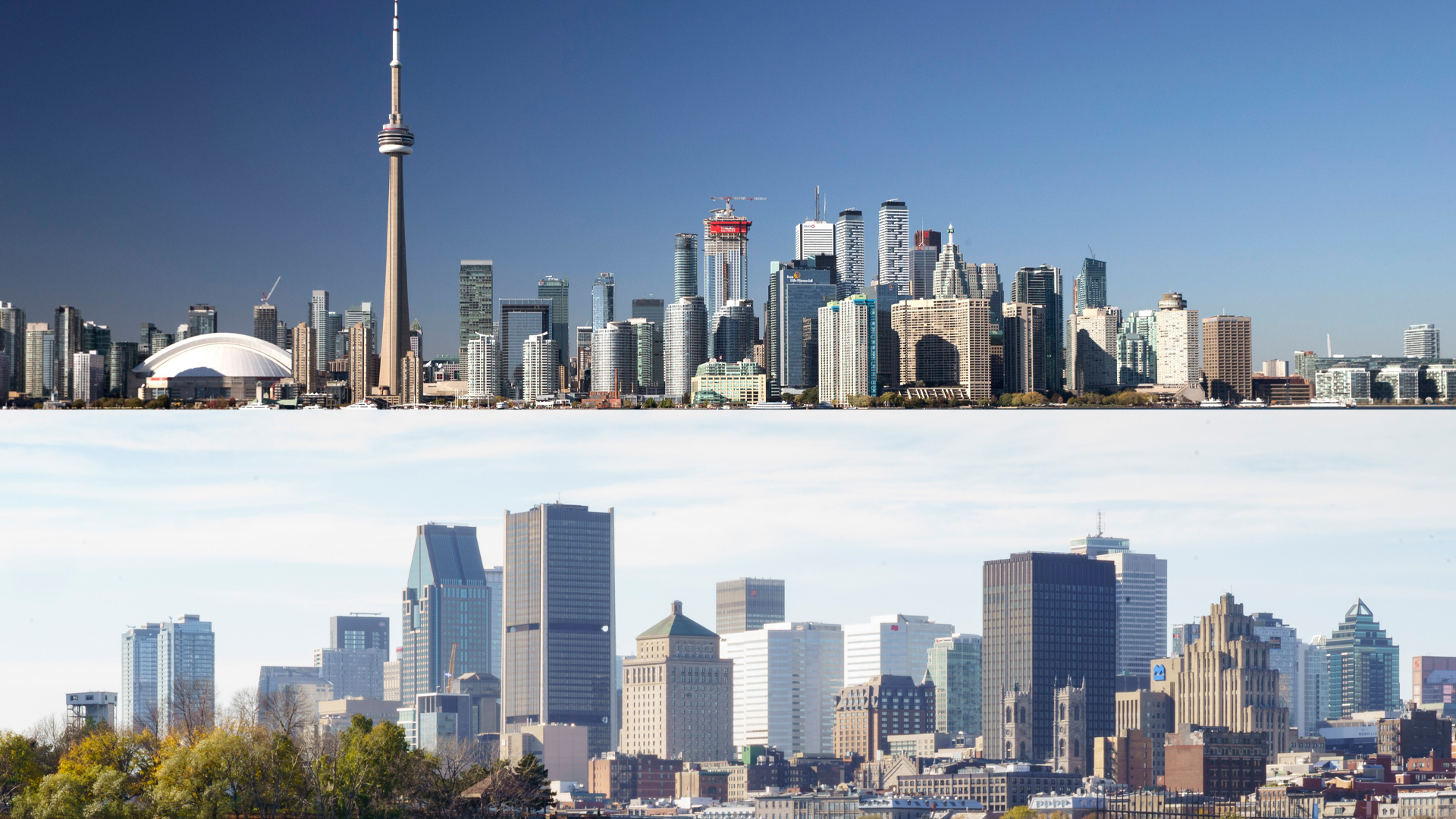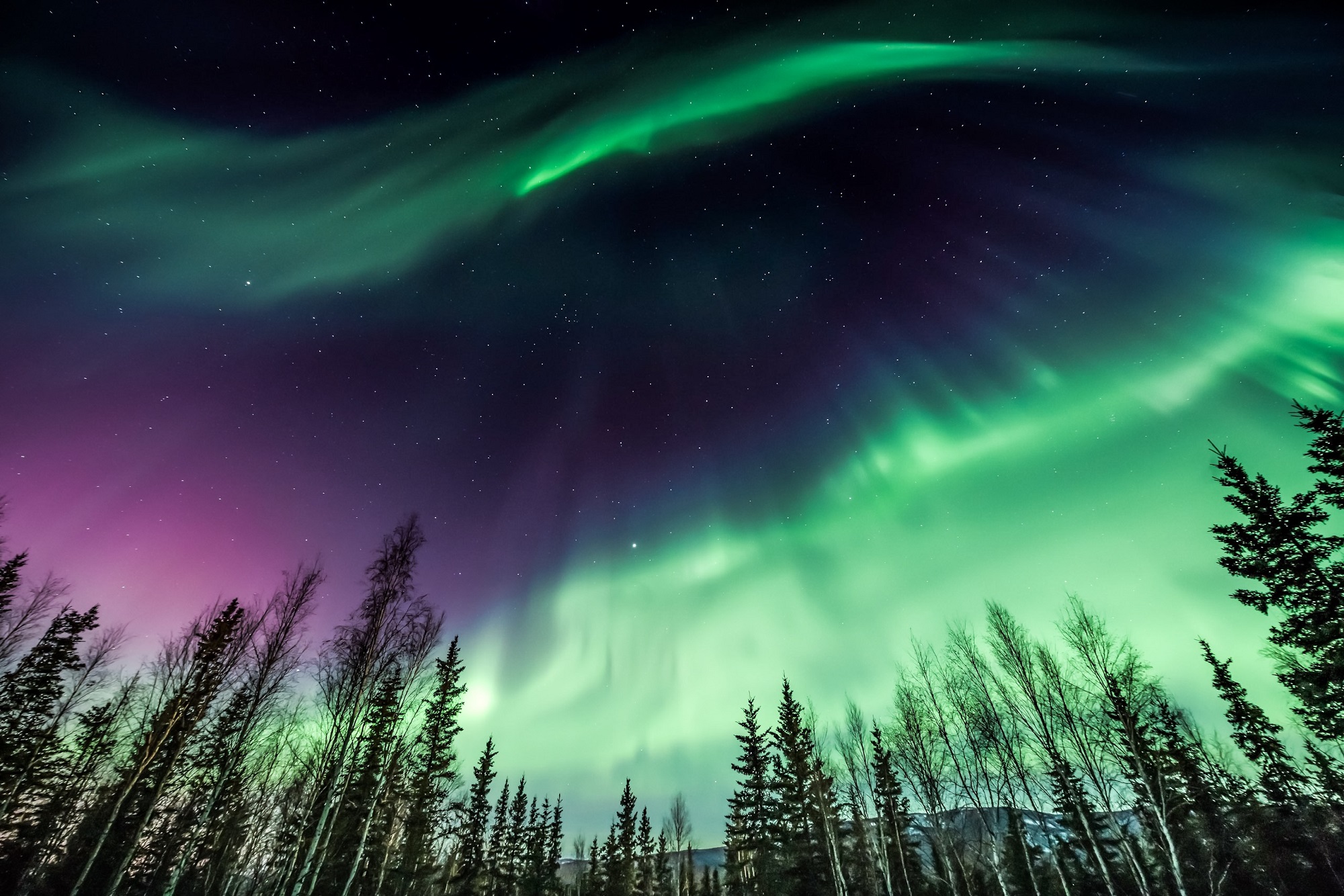The Canadian Rockies are renowned worldwide for their breathtaking beauty, but most visitors only scratch the surface of what these magnificent mountains have to offer. After spending over a decade exploring every corner of this vast wilderness, I've discovered some truly spectacular hidden gems that will leave you speechless.
1. Moraine Lake's Secret Viewpoint
While everyone knows about Moraine Lake, few know about the hidden trail that leads to an elevated viewpoint offering a completely different perspective of the Valley of the Ten Peaks. This 2-hour hike rewards you with solitude and arguably better views than the crowded shoreline below.
2. The Enchanted Forest of Jasper
Deep within Jasper National Park lies a magical grove of ancient cedars that creates a cathedral-like atmosphere. The play of light through the canopy and the mysterious fog that often shrouds this area make it feel like stepping into a fairy tale.
3. Hidden Hot Springs
Beyond the commercial hot springs, there are several natural thermal pools known only to locals and experienced guides. These pristine springs offer a more authentic and peaceful soaking experience surrounded by untouched wilderness.
The key to discovering these hidden gems is patience, preparation, and often the guidance of local experts who know the region's secrets. Each location requires proper planning and respect for the fragile mountain ecosystem.
